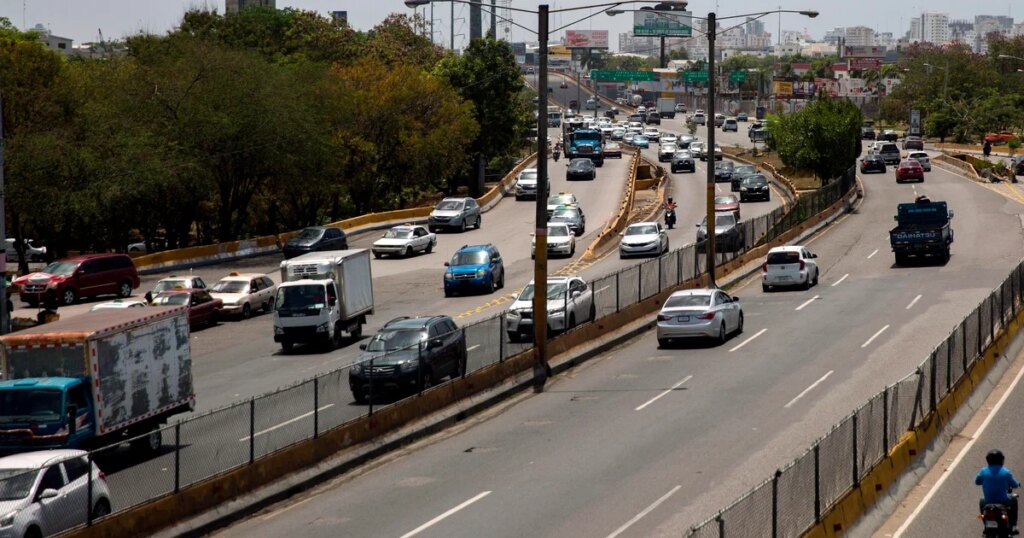On Tuesday, a significant blackout swept across the Dominican Republic, affecting nearly 11 million residents and disrupting daily life in profound ways. The blackout resulted from a failure in the electrical grid’s transmission system, leading to widespread power outages that paralyzed businesses and created chaos in traffic, especially during the busy afternoon rush hour. As officials worked to investigate the cause and restore power, reports emerged detailing the challenges faced by citizens grappling with the fallout from the incident.
| Article Subheadings |
|---|
| 1) Overview of the Blackout Incident |
| 2) Impact on Public Transportation |
| 3) Personal Accounts of Citizens |
| 4) Energy Supply Challenges |
| 5) Response from Authorities |
Overview of the Blackout Incident
The blackout affected the entire Dominican Republic, leading to disruptions in various sectors. The Dominican Electricity Transmission Company has indicated that the outage was triggered by failures in power generation units located in San Pedro de Macorís and the Quisqueya Power Plant. As these units shut down, it initiated a sequence of failures across the transmission system, leaving countless homes and businesses in the dark. While officials have pointed to problems with the electrical grid as the cause, specifics surrounding the trigger of the failure remain unclear as investigations continue.
Impact on Public Transportation
The power outage significantly disrupted public transportation systems, particularly in the capital city, Santo Domingo, during the afternoon rush hour. The metro system experienced failures, leaving many passengers trapped inside when the blackout occurred. Reports indicate that emergency procedures were activated to evacuate individuals from the metro and aerial cable cars. Passengers resorted to walking through dark tunnels alongside the tracks, highlighting the severity of the situation. The sudden drawbacks to mass transit not only delayed commuters but also turned ordinarily manageable routes into chaotic scenarios.
Personal Accounts of Citizens
Citizens shared firsthand experiences highlighting the immediate consequences of the blackout. Tomás Ozuna, a 37-year-old IT worker, expressed his concerns about reaching his workplace amidst what he described as “traffic chaos” due to the blackout. His sentiments echoed in the broader community, as others faced similar struggles. Another resident, Lissa Fernández, emphasized her uncertainty about getting home due to the disrupted metro service. Meanwhile, small business owners like Leonel Encarnación, who runs a barbershop, noted the economic impact as clients left due to a lack of air conditioning and lighting. Such personal insights not only reflect individual challenges but also portray a community grappling with sudden adversity.
Energy Supply Challenges
The Dominican Republic’s energy infrastructure has faced long-standing issues. Most of the country’s electricity generation relies on oil, followed by coal and natural gas, with renewable sources contributing only a minor portion. According to the International Energy Agency, previous weeks have seen periodic outages lasting several hours, attributed to poor maintenance and illegal connections to the grid. The latest blackout raises questions about the resilience of the energy supply system and the urgent need for reforms to ensure stability and reliability in future crises.
Response from Authorities
As the situation unfolded, authorities were pushed into action as citizens demanded answers and immediate solutions. The government began assessing the magnitude of the outage while coordinating efforts to restore power. However, as of the latest reports, there was no clear timeline communicated for the restoration of electricity across the affected regions. Communication regarding the incident has focused on the need for improvements within the national grid and addressing systemic weaknesses that can lead to such large-scale failures.
| No. | Key Points |
|---|---|
| 1 | A nationwide blackout struck the Dominican Republic on Tuesday due to a transmission system failure. |
| 2 | Public transportation, particularly the metro system, was severely affected, trapping passengers in the dark. |
| 3 | Citizens reported personal experiences of chaos and uncertainty amidst the power outage. |
| 4 | The country’s energy supply dynamics are heavily reliant on oil and have faced challenges due to maintenance issues. |
| 5 | Authorities are working on restoring power but have not yet provided a clear timeline for recovery. |
Summary
The blackout in the Dominican Republic underscores the fragility of the nation’s power infrastructure and its widespread impact on daily life. As people navigate the immediate challenges of living without electricity, the incident serves as a grim reminder of the urgent need for systemic improvements in energy management and transmission reliability. The community’s resilience in face of this adversity will be critical as restoration and future preventative measures are assessed.
Frequently Asked Questions
Question: What caused the blackout in the Dominican Republic?
The blackout was caused by a failure in the electrical grid’s transmission system, which triggered a series of shutdowns at major generating facilities.
Question: How did the blackout affect transportation in Santo Domingo?
Public transportation systems, especially the metro and aerial cable cars, were severely disrupted, with passengers being evacuated and delays causing significant traffic chaos.
Question: What challenges does the Dominican Republic face regarding its energy supply?
The country relies heavily on oil for energy, has faced maintenance issues, and has historically experienced outages, further complicating its electrical grid stability.
